ChicaChic: New Currents in Chicana Art
Ana Teresa Fernandez, Angelica Muro, Faviana Rodriguez, Mitsy Avila Ovalles, Shizu Saldamando
Mission St. and Minna Galleries
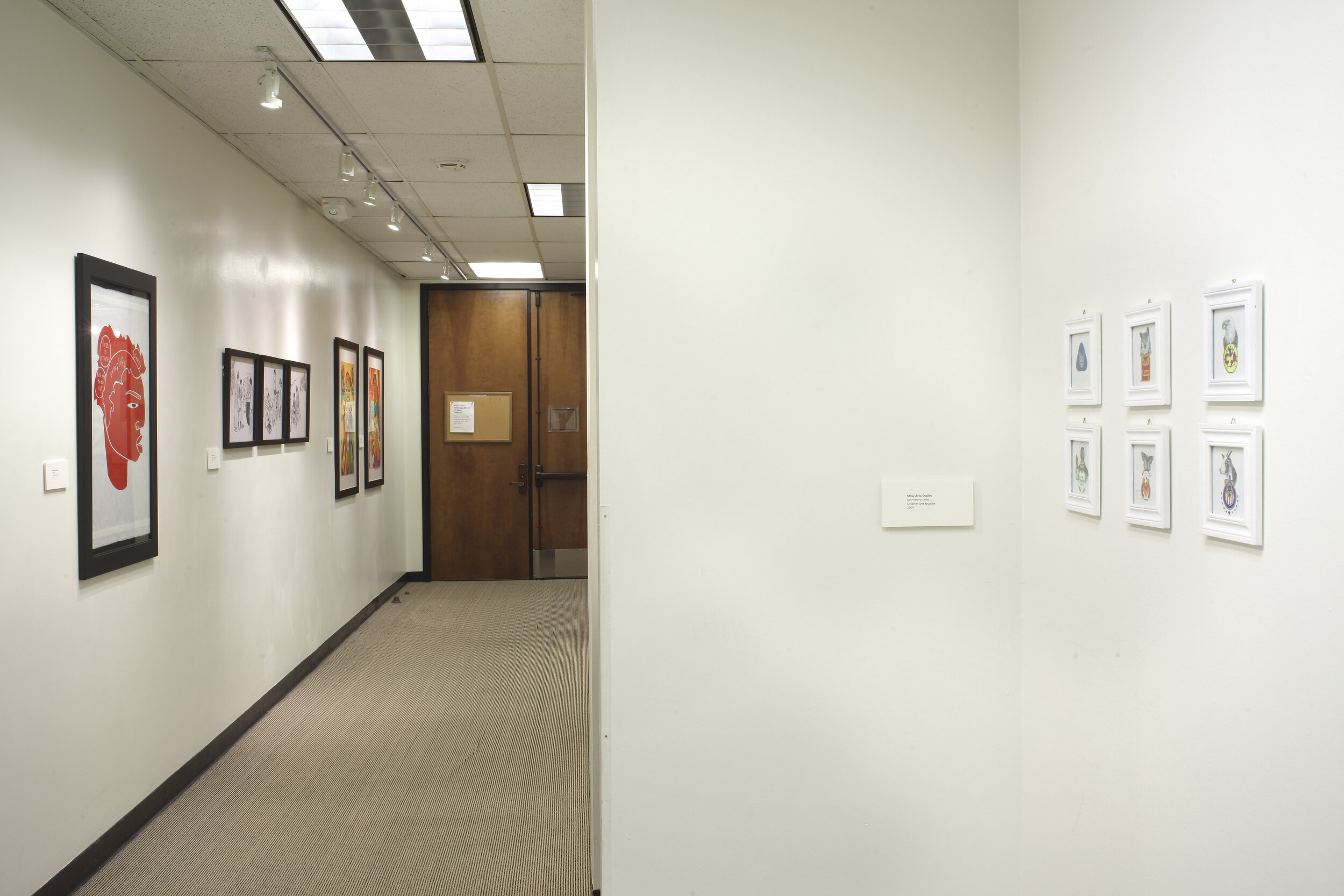
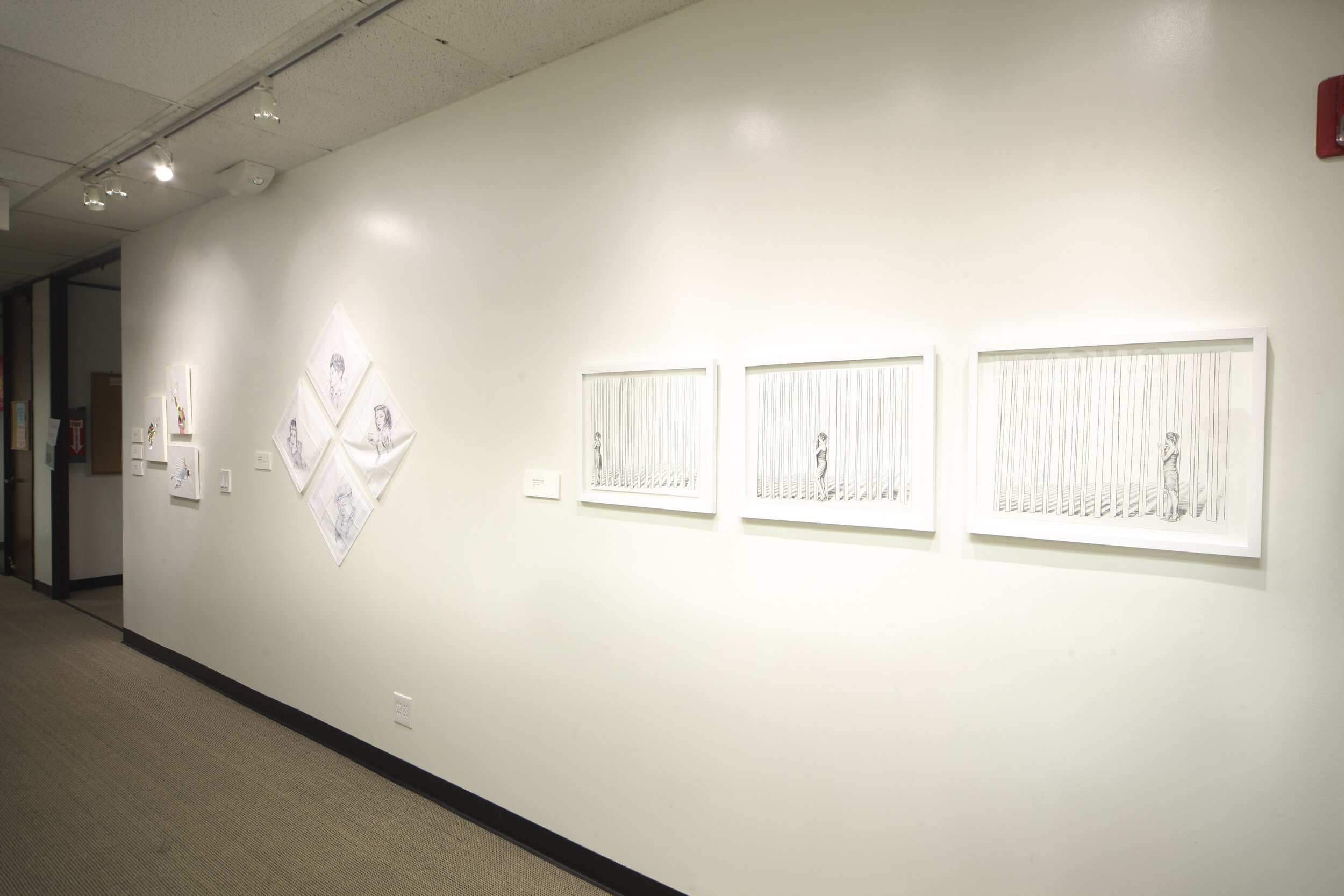
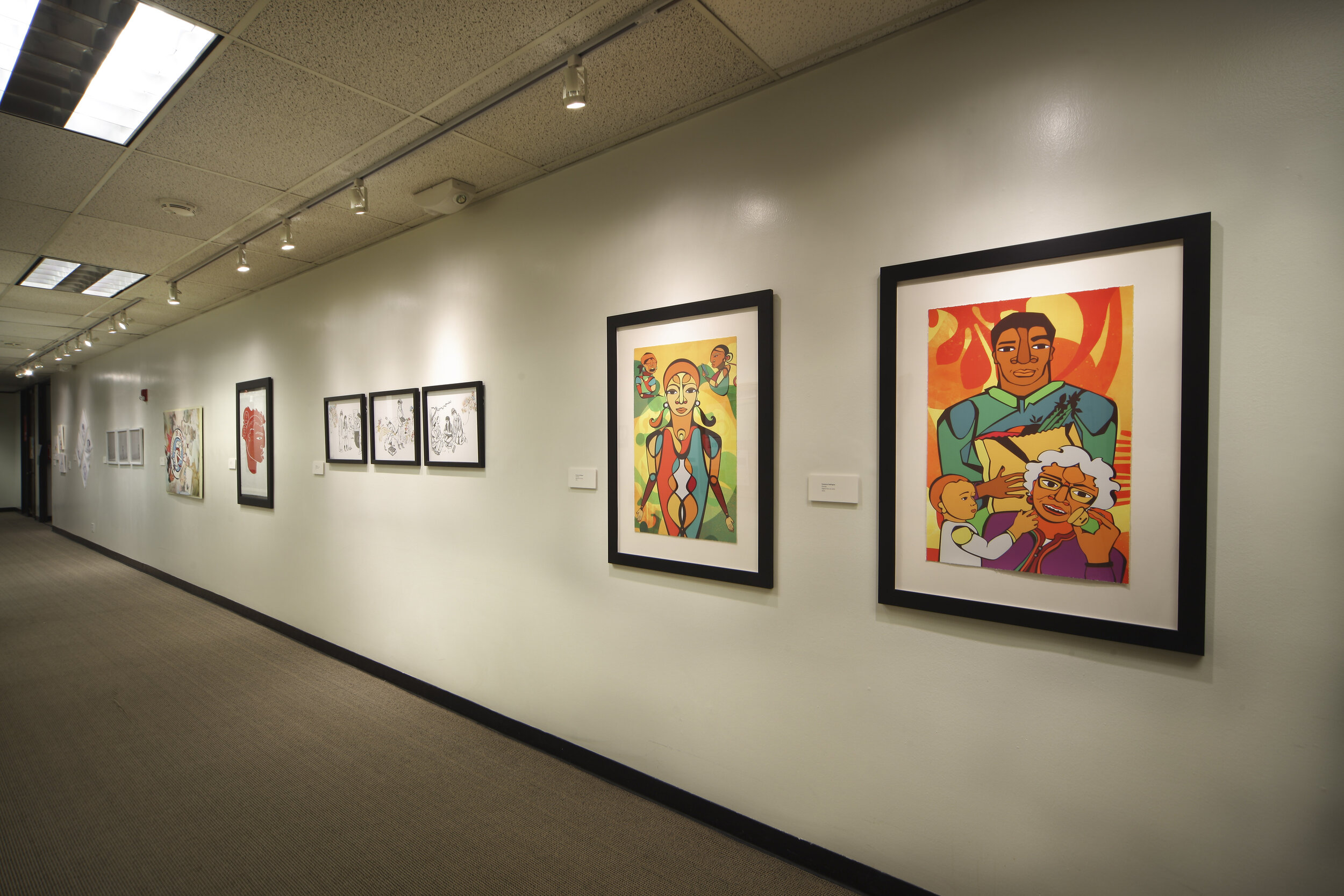
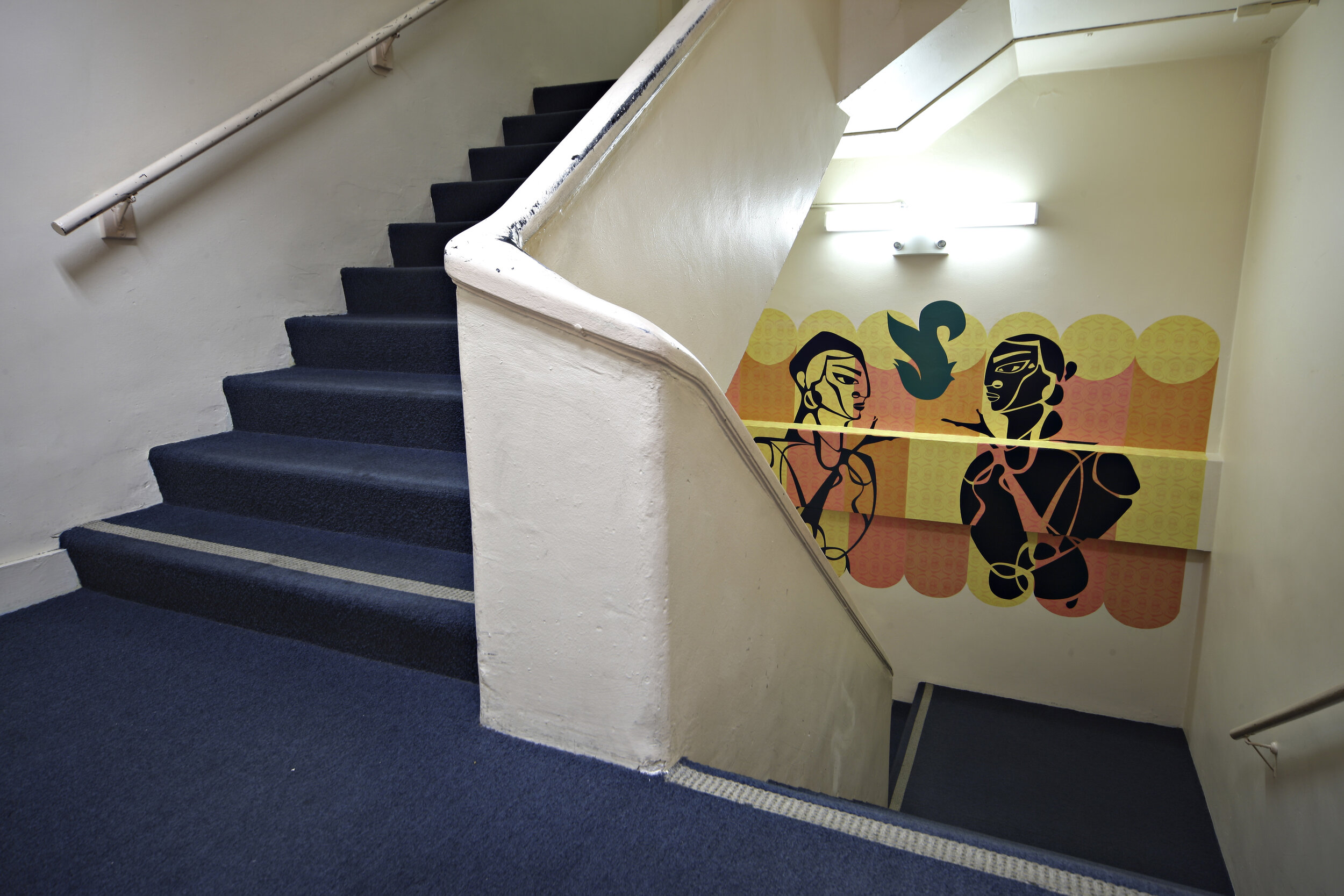
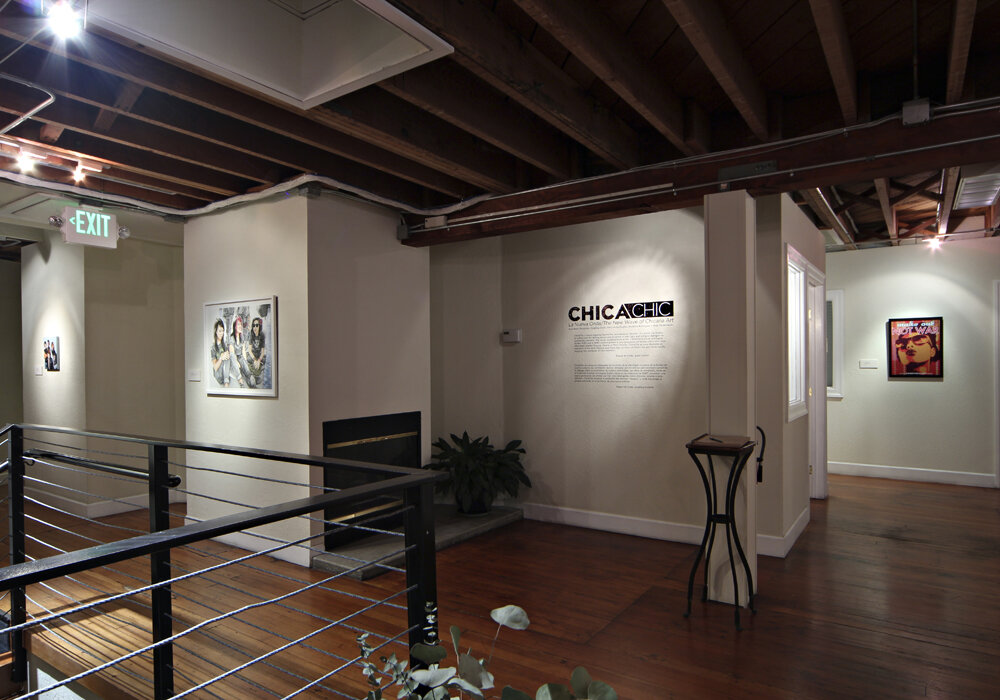
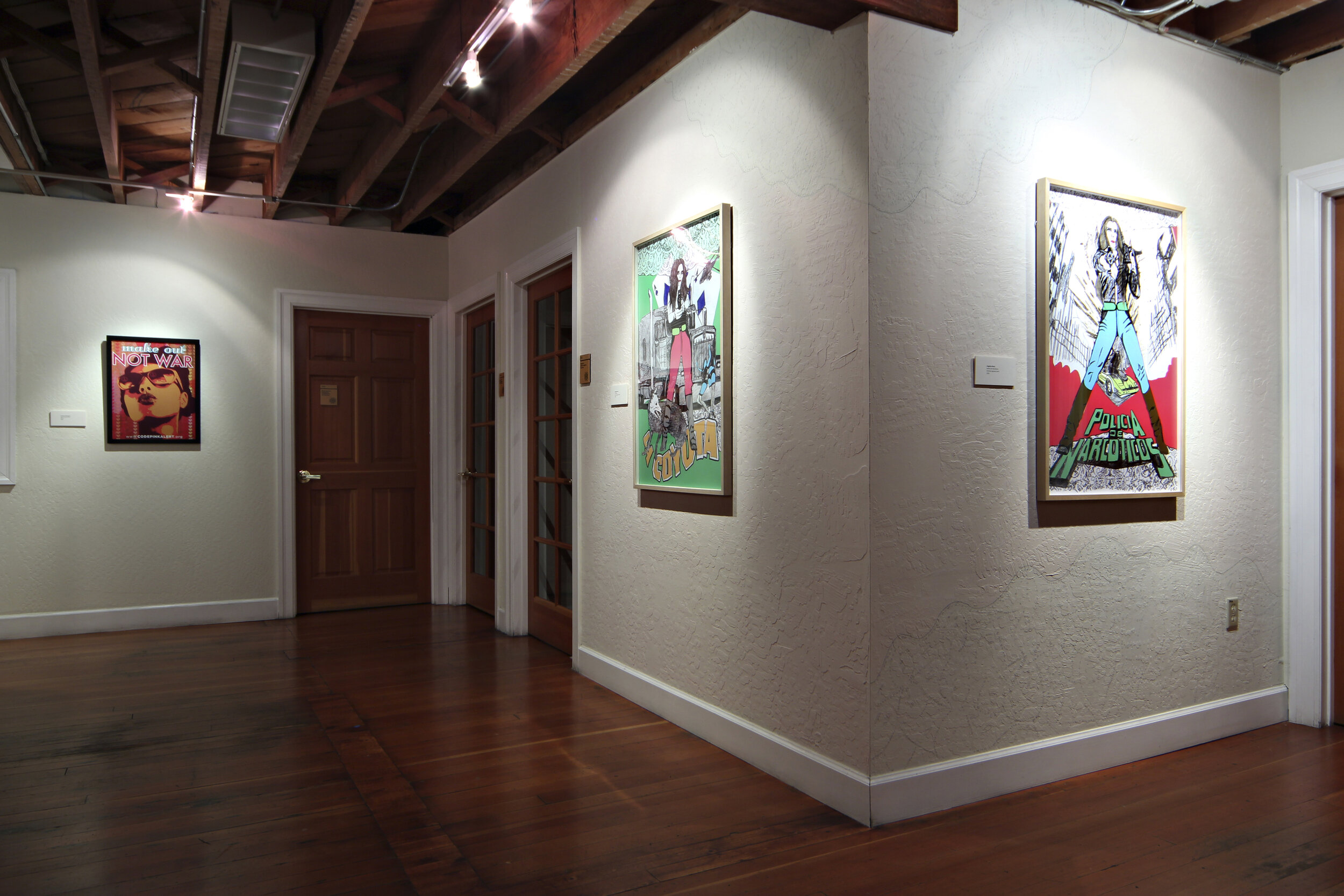

ChicaChic is about stepping beyond the boundaries of identity. It is about the fluidity of culture and the need for new kinds of images in a fast-paced, media-saturated society. The works exhibited both at the California Institute of Integral Studies (CIIS) and in BART stations present a new generation of female artists who have often been labeled Chicana, Xicana, or Post-Chicana. ChicaChic gives clear evidence of this evolution, and the constant need to shift our perceptions of culture to instigate dialogue on crucial community concerns.
Although the five selected Bay Area artists maintain a strong lineage to the veterano/as (veterans) of the Chicano art movement, their work responds to the shifting needs of their communities in novel ways. Favianna Rodriguez’s Urban Gardening poster, for example, references health and sustainability within the immigrant community. The poster not only addresses a new trend of environmental advocacy, but also underscores the importance of fostering a holistic awareness of health at an early age. Favianna’s work shares many connections in relation to health and family with the PSAs and art-based campaigns produced during El Movimiento, the Chicano civil rights movement. Forty years later, however, the systems at play have changed, and artists are aware of the need to adapt to these developments.
ChicaChic illustrates a variety of tactics used to address social issues such as gender equality, immigration, and education. Despite the divergence in each artist’s strategy, the underlying tenets of the Chicano movement strongly resonate. Angelica Muro’s print-based work The Luis in Vuitton, for example, utilizes symbols and icons to subvert power structures. The images in this series are appropriated from farmworker manuals and satirically reference class issues through the use of high-fashion labels. In this, and in much of her other work, Muro comments on our current consumer-based culture through the placement of labels and accessories in unassuming locations, such as a tattered, re-used electricity bill; or strapped around the shoulder of a farm worker. Known for her provocative depictions of the female form, Ana Teresa Fernandez also skillfully taunts power structures by utilizing sexuality as an entry point to larger discussions on immigration, gender, and power. Fernandez’s skillfully rendered performance-based paintings incorporate repetitive actions and backdrops such as the Tijuana/San Diego border or home interiors to draw connections and incite dialog. Her works shed light on the monotonous and arduous demands of the labor force, and then extend further into immigration and the subjugation of women in society.
While all three of these artists’ work speaks to a rich cultural heritage, their skill is often found in reframing and contemporizing the visual language to provide for multiple points of entry. Themes of domesticity and outsider art, often utilized in the early 1970s, can also be seen in the work of both Mitsy Ávila Ovalles and Shizu Saldamando. While Ovalles often uses embroidery in her works to glorify the poetics of everyday domestic art forms, Saldamando depicts pop icons on the same platform as her friends and family in a paño art style often associated with prison art. Their formats, ripe with the use of irony, irreverence, and wit, at once reference contemporary figures while signaling strong stylistic connections to the early art of the Chicano movement.
The concerns of El Movimiento have not gone away. New conditions have emerged, shedding light on the need for shifting strategies and savvy tactics. The selected artists in ChicaChic and the concepts embodied in their work demonstrate reverence for the tireless visionary work that so boldly identified and supported an entire generation in the early 70s. Although the selected work incorporates similar tactics and strategies, it steps beyond expectations of what Chicano art is, at once supporting the efforts of the legacy while embodying new formats and tactics to navigate amidst larger audiences.